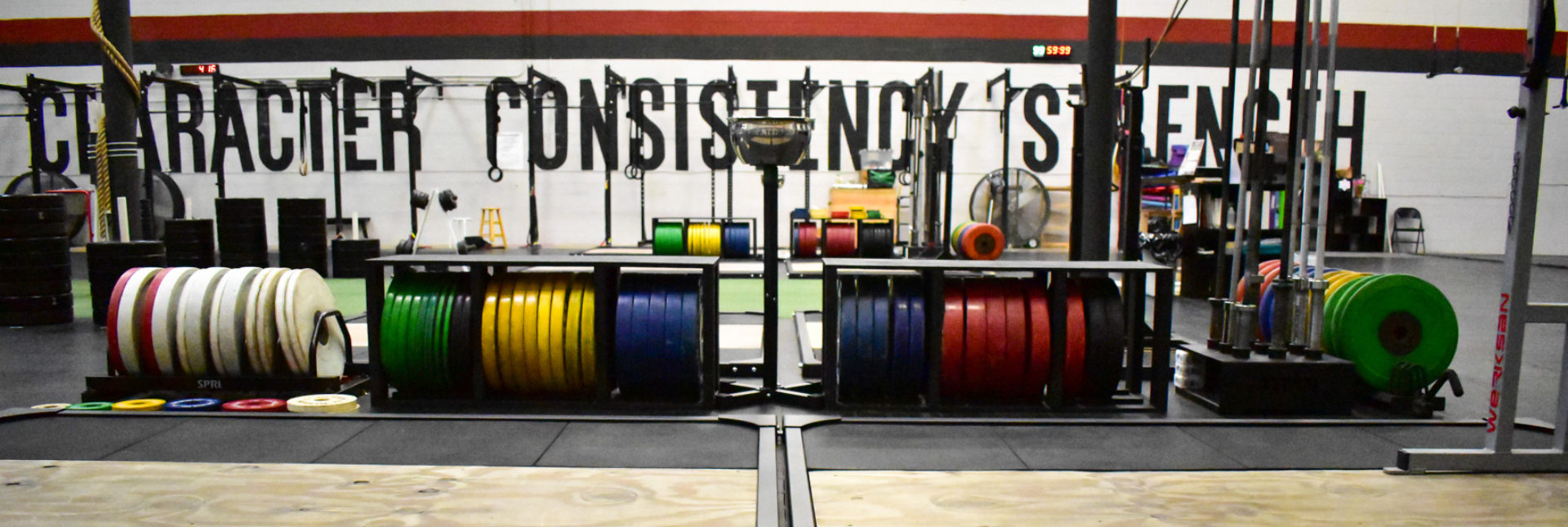The clean is an exercise that is widely used in sports for strength and power development. The same could be said about the snatch, but it is not as frequently in sport applications for fear of overhead ramifications or injury. The clean, however, can be seen in virtually every football weight room in the United States, in the training regimens of most elite level athletes (at least to some degree), and in the programs of most if not every single CrossFit gym in existence. It’s no secret that it is the single best exercise to develop explosiveness and power — but with great power comes great responsibility.
A quick note: everything said about the clean and power clean in this article can also be applied to the snatch and the power snatch — the lifts are exactly the same mechanically; the only difference is your hand position and the ending position of the barbell.
For those that might not be familiar, a clean is a lift in which the barbell is raised from the floor and received on the lifter’s shoulders in a front squat position in one fluid movement. The power clean, a derivative of the clean or the “squat clean” as some call it, is lifted in the same fashion but received at or above a parallel squat position. Most people view the clean and the power clean as two completely different lifts when in actuality, they are the exact same thing — the only difference being the receiving position.
The image below shows a clean sequence. Think of the two frames on the far right as the different receiving positions. “Receiving” position is qualified as a power clean, and “Squat” is a full clean. 
Sometimes, depending on your training history and familiarity with the lifts, it can be hard to relate the “two” lifts together. Personally, I classify the power clean as a more advanced version of the clean simply because it requires more precise timing. Keep in mind that this is all within the context of the sport of weightlifting. The goal for us is consistency and there must be an exact skill transfer from the power clean to the full clean. That being said, here are a couple of things that may help you bridge the gap between your clean and your power clean.
- Don’t train the power clean exclusively. I view the power clean as an accessory exercise with the specific purpose of improving timing, speed, and change of direction. If you were taught to only do the power clean or perhaps avoid the full squat version for whatever reason, it’s time to start squatting. Improving your proficiency with the full clean will make you more mechanically competent and will naturally improve your ability to power clean.
- There’s no need to over pull. Over pulling is the concept of either consciously or subconsciously trying to “jump” harder than you normally would during the “second pull” of a lift. Sometimes we get so concerned with trying to elevate the bar as high as possible that we feel the need to over pull or exaggerate the use of the legs and hips. Here’s a decent example of over pulling (middle).

- Pull yourself to the bar. Again, sometimes we focus so hard on getting the bar higher that we end up trying to pull the bar up with the arms. The power clean is not about trying to pull the bar as high as possible while receiving the barbell standing up straight. The goal is always to pull yourself down, not to pull the bar up. Remember the definition of a power clean — you can receive the barbell anywhere at or above a parallel squat. Yes, this means you can receive it low and it still be considered power. I often tell my lifters to try to receive the bar “at or near parallel” or even receive at descending positions during warm up. If you find yourself standing up straight and still pulling high, you’re missing the mark:

- Wider is not lower. This is the biggest disconnect that happens between the clean and the power clean. When you say the word “power”, most people will immediately throw their legs out as wide as possible when receiving the barbell. Since everything about the two lifts are the same, the foot placement in the receiving position should be the same as well. As Weightlifters (and coaches) we are looking for skill transfer and consistency. We do not compete in the power clean, so it is used as an accessory exercise — though both lifts must mimic each other. So, fix those feet…otherwise, as All Things Gym so eloquently put it, you are performing a barbell jumping jack.
oly, olympic, lifting, olylifting, weightlifting, snatch, clean, jerk, squats, competition, crossfit, tampa, tampa bay, 813, crossfit 813, team 813 weightlifting, training, fitness, gym, workout, usaw, usa weightlifting, keeppulling, saint petersburg, clearwater, palm harbor, brandon, westchase, oldsmar, orlando, spring hill, tarpon springs, dunedin, largo, plant city, zephyrhills, wesley chapel, land of lakes



